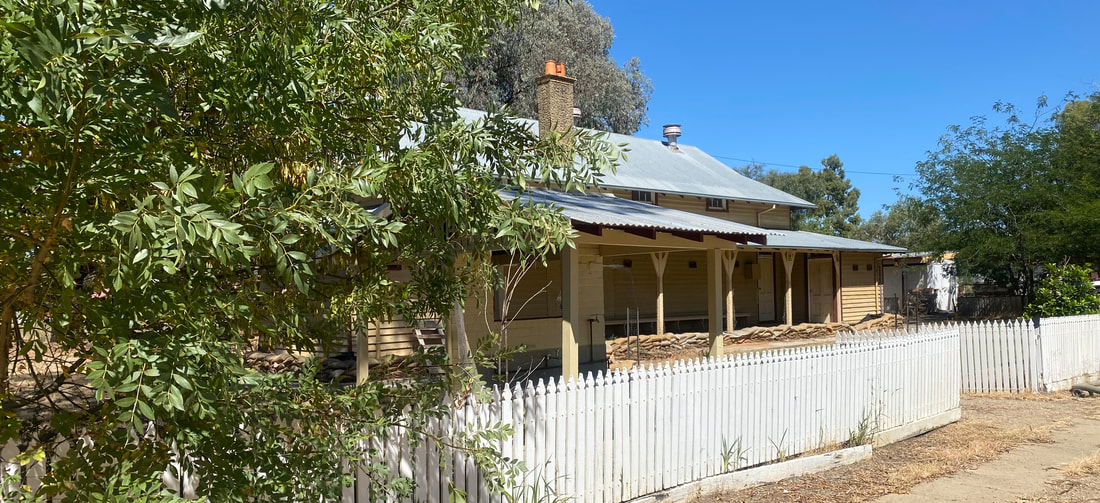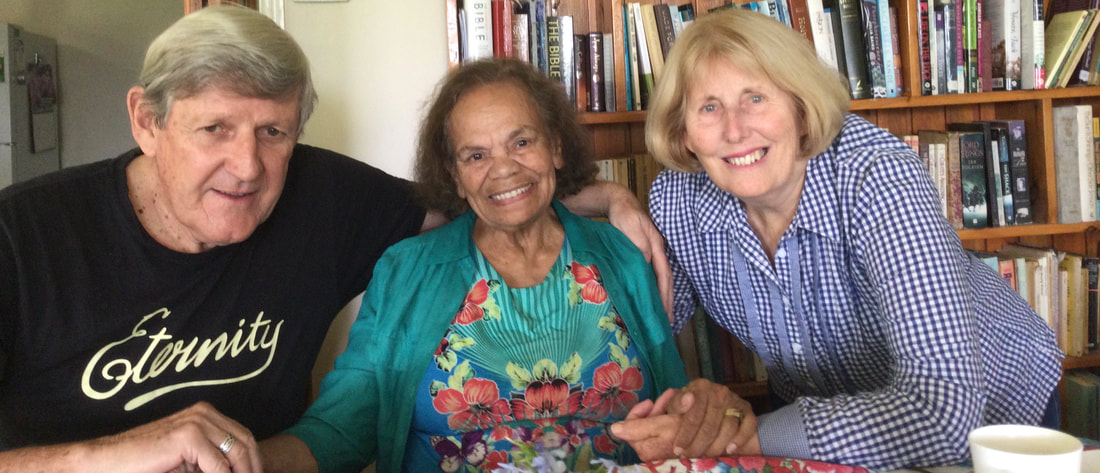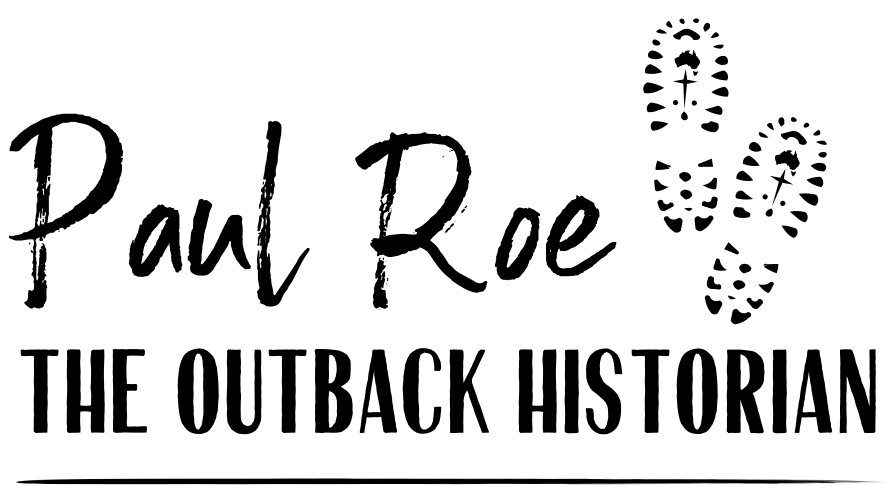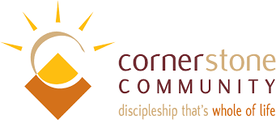|
If you’ve heard ‘The Old Rugged Cross’ played on the gumleaf, you never forget it. I first heard it standing under the ghost gums that stood stark white against the ochre walls covered in the rock art of the Ngemba people. I was leading a tour group at Mt Gundabooka, a rugged range that lies like a goanna on the horizon South of Bourke.
The musician was Bill Reid, a pastor of the United Aboriginal Mission, who winked at me from under the tilted brim of his Akubra, quietly selected a leaf, cupped it between his knotted shearer’s hands and began to play. The intrigued tour group eagerly gathered around. That moment is etched in my mind – Pastor Bill, white haired and erect, playing a song of Christian faith in a canyon that had echoed to clapsticks and corroboree of Aboriginal people for many centuries.
3 Comments
If you’re like me, you’ve probably driven past dozens of solid-looking buildings in the suburbs or in remote country towns, proudly declaring themselves ‘Mechanics Institutes’, without having a clue what they were about. I was intrigued to discover they were an innovation that exploded out of Scotland in the early 19th century and spread like wildfire across the English-speaking world. When John Birkbeck advertised a free lecture on technical subjects in Edinburgh on October 16th 1821, an astonishing crowd of 450 men turned up. It’s certain he had no idea what he’d launched and that by the end of the century, all across the globe, eager workmen would flock to one of 9000 Mechanics Institutes to improve their skills as artisans. The roots for the phenomenon lay in a quiet Christian group known as the Quakers. They were driven by the idea that it was important to nurture God’s gifts in everyone and that learning should be available to all – rich and poor, girls as well as boys. When you drive streets in Maclean lined with tartan telegraph poles and hear the skirl of the bagpipes echoing in the main street, you know the town is definitely a stronghold of Australia’s Scots history. And mine for that matter. Over two million of us claim Scots ancestry – my grandchildren have the blood of the Baird, Carey, Murray and McDonald clans in their veins.
So, I spent a day or two there recently, looking under the ancestral kilt to see why big numbers of Scots moved here in the mid-1800’s. I was heartened to discover that the claim we Australians make for having one of the best lifestyles in the world, could well have been built on a bedrock of purposeful duty to God mined out of bare hills and heather half a world away in Scotland. Cummeragunja sits on a sweeping bend of the Murray River about 20km upstream from Echuca. It’s home to some significant chapters of the Christian experience of the Yorta Yorta people. I’ve already posted the story of the remarkable Thomas Shadrach James, who taught a generation of Aboriginal activists to ‘lead and write.’ It was good to stand in the schoolroom of that dedicated Mauritian Indian teacher who quietly helped change the course of history for the Aboriginal people. Two of his trainees - Doug and Gladys Nicholls - are buried side by side out on the sand ridge and it was an honour to pay our respects there to these two outstanding Australians. I’ve told their story on this Outback Historian website. I think these people made Cummeragunja a genuinely sacred site. Look out for more stories related to this place.
On Friday 1st August 1980, a simple three-word message broadcast on 6000 Flying Doctor transceivers sent a ripple of sadness across inland Australia. ‘Traeger is dead.’ Alfred Hermann Traeger died as he had lived - with quiet dignity behind the scenes. He shunned praise, but he has as many memorials as Nobel Prize winner and inventor of wireless telegraph, Guglielmo Marconi.
He was a revolutionary, but just didn’t know it. Painfully shy electrical mechanic Alf Traeger was working at his bench in an Adelaide workshop in June 1925, when a thin, bespectacled man burst in and asked, ‘Have you still got that generator?’ The surprised ham radio enthusiast sold his homebuilt machine to the preacher, who immediately strapped it to the side of his heavily-loaded Dodge Buckboard and set off on a rugged 2400km trek to Alice Springs. That startling moment launched of one of the most important partnerships in Australian history. Aunty Pat Doolan is one of those rare people you meet in life who radiate goodness. As a result she’s been a game-changer wherever she’s lived. You can’t help being touched by her rare blend of determination and kindness - that’s how she’s got things done. She leads by being a servant and she never wavers in declaring her faith in public.
|
AuthorJoin The Outback Historian, Paul Roe, on an unforgettable journey into Australia's Past as he follows the footprints of the Master Storyteller and uncovers unknown treasures of the nation. Archives
October 2023
Categories
All
|
|
Sponsored by
|
Privacy Policy
|
|
Copyright 2020 by The Outback Historian
|
Site powered by ABRACADABRA Learning
|







 RSS Feed
RSS Feed

